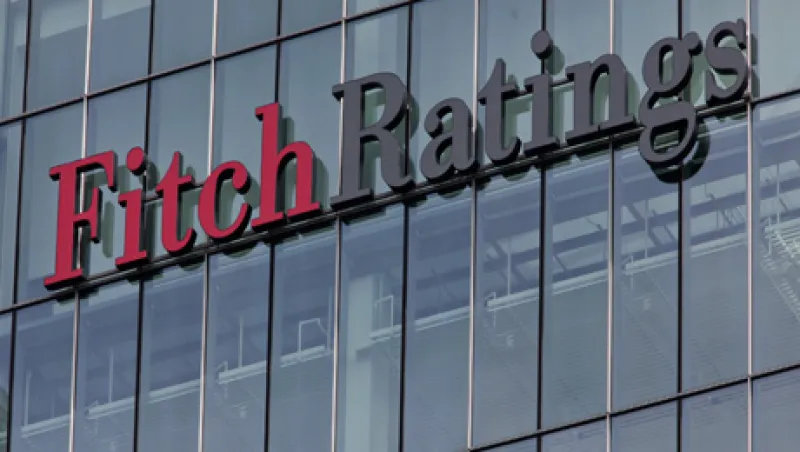So far, the financial markets have utterly ignored the major credit rating agencies’ growing impatience with U.S. fiscal health. Sooner or later, though, the perception gap between the markets and the credit rating agencies may narrow.
Late this summer, when S&P became the first major credit rating agency to drop the U.S.’s AAA rating, investors including Warren Buffett dismissed the move as way off base. Treasury prices have increased 3.8 percent since then, according to Bank of America Merrill Lynch, outperforming pretty much all other asset classes. Late Monday, Fitch announced that it had put U.S. Treasuries on negative watch, with a 50 percent chance of a downgrade over the next two years. Following the news, the yield on 10-year U.S. Treasury notes rose to 2.04 percent from 1.98 percent on Monday.
The Fitch announcement was a reaction to the the Congressional “super committee’ failure to reach an accord on budget cuts. S&P and Moody’s didn’t change their outlook, because the failure of the committee is supposed to trigger $1.2 trillion in spending cuts, including deep reductions in the Defense budget. But Fitch said the negative outlook “reflects Fitch’s declining confidence that timely fiscal measures necessary to place U.S. public finances on a sustainable path ... will be forthcoming.”
Why are such measures necessary? As Fitch noted, the $1.2 trillion in automatic cuts are based on discretionary spending, and that further cuts “will not be credible” if they do not include cuts to entitlement programs. Meanwhile, Fitch expects Federal debt to reach 90 percent of GDP and consume more than 20 percent of tax revenues by the end of the decade. If state and local debt is included in the total, then debt will reach 110 percent of GDP over the same period of time. Economist Kenneth Roggoff says a debt level of more than 90 percent of GDP has proven unsustainable.
So, the U.S. isn’t Spain or Italy - yet. But if it doesn’t summon the political will to address its fiscal challenges by the end of the decade, it could be. And Fitch doesn’t expect the U.S. to begin that effort in earnest until 2013, when the 2012 presidential election is behind it. And Fitch is skeptical that the U.S. has the political capacity to cut entitlement programs, which it views as a necessary step on the path toward fiscal consolidation.
While rating agencies take the long term view of the U.S. fiscal situation, markets are comforted by a short-term view. The dollar and the Treasury market have been been bolstered since the onset of the financial crisis by the avoidance of risk and the dire economic problems in Europe. The the euro is under siege, and interbank and sovereign debt markets are all but shut down. That has bolstered demand for U.S. Treasuries.
There’s a risk that the markets could catch up with the ratings agencies, though. For one thing, some institutional investors are required by their charter to hold only AAA rated debt. If the average rating on U.S. debt falls below AAA, some of those institutions could be forced, at least in theory, to sell U.S. debt. Even if those institutions found a way around those requirements, there are still plenty of potential catalysts for a downward move in Treasury prices.
If the crisis in Europe is ever brought under control, demand for euros or successor currencies could rise, removing one of the supports for the dollar. And as the U.S. debt approaches the critical 90 percent level, investors are likely to take the problems with U.S. fiscal policy more seriously than they now do.
It’s still quite possible that the U.S. Treasury market will stay strong well into the next decade and beyond. As Fitch notes, the U.S. economy has underlying strength and the dollar remains the world’s safe haven and reserve currency. The U.S. may continue to inch toward fiscal stability, and even that slow progress might be enough to maintain investor confidence in Treasuries. But it is dangerous to assume that things will just work out.
And as the recent experience in Europe shows, if and when the market does turn, the change in sentiment could be sudden and violent.






